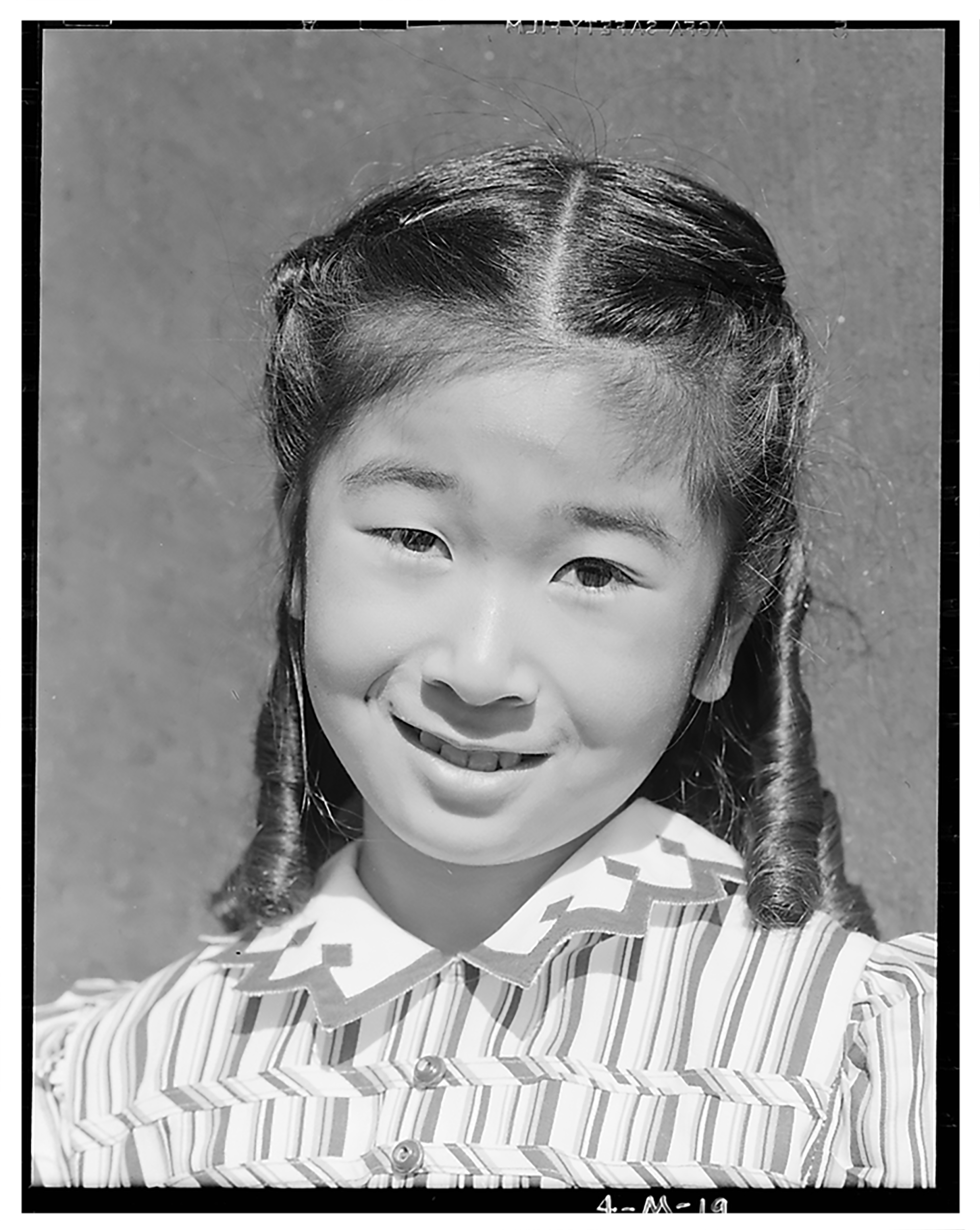
A Glimpse of the Elusive Truth Ansel Adams at Manzanar
By Lisa Itagaki
I believe that the arid splendor of the desert, ringed with towering mountains, has strengthened the spirit of the people of Manzanar…From the harsh soil they have extracted fine crops; they have made gardens glow in the firebreaks and between the barracks. Out of the jostling, dusty confusion of the first bleak days in raw barracks they have modulated to a democratic internal society and a praiseworthy personal adjustment to conditions beyond their control…
—Ansel Adams, Born Free and Equal (1944)
Moved by his need to document the human story as it unfolded in a closely guarded community encircled by California’s desert and mountains, Ansel Adams (1902–1984) brought his camera to Manzanar concentration camp to capture what he called “the tragic momentum of the times.” From 1943 to 1944 Adams made a number of trips to this Inyo County (California) camp to photograph individuals, community life, and work and local landscapes. More than 10,000 Japanese Americans—the majority from Southern California—were incarcerated in Manzanar during World War II.
Amidst the bleak background of war, this 6,000-acre desert camp located 225 miles north of Los Angeles was one of the most scenic campsites: the raw, natural beauty of Mt. Whitney and Mt. Williamson could be seen in the distance. Through his lens and signature landscapes, Adams revealed his commitment to conservation. By documenting the agricultural expertise of the Japanese American farming community, he showed a community bringing life back to the land.
Many of the resulting photographs were exhibited at the Museum of Modern Art in November 1944 and, were also published in Adams’s book Born Free and Equal (U.S. Camera, 1944). With wartime anti-Japanese prejudice running high, the exhibition’s original title—Born Free and Equal—was neutralized to Manzanar, and the show was given negligible publicity; likewise, Adam’s publisher found it challenging to distribute the book in such a climate.
Ansel Adams at Manzanar features more than fifty original prints by Adams from the collections of the Center for Creative Photography, University of Arizona, Tucson; the Library of Congress; and Honolulu Academy of Arts. Ansel Adams at Manzanar will also include four prints donated by Edward G. and Blanche S. Chester to the Japanese American National Museum’s permanent collection. It is guest curated by Adams scholar Anne Hammond of Oxford, England, and organized by the Honolulu Academy of the Arts.
Lisa Itagaki is Associate Curator at the Japanese American National Museum.












